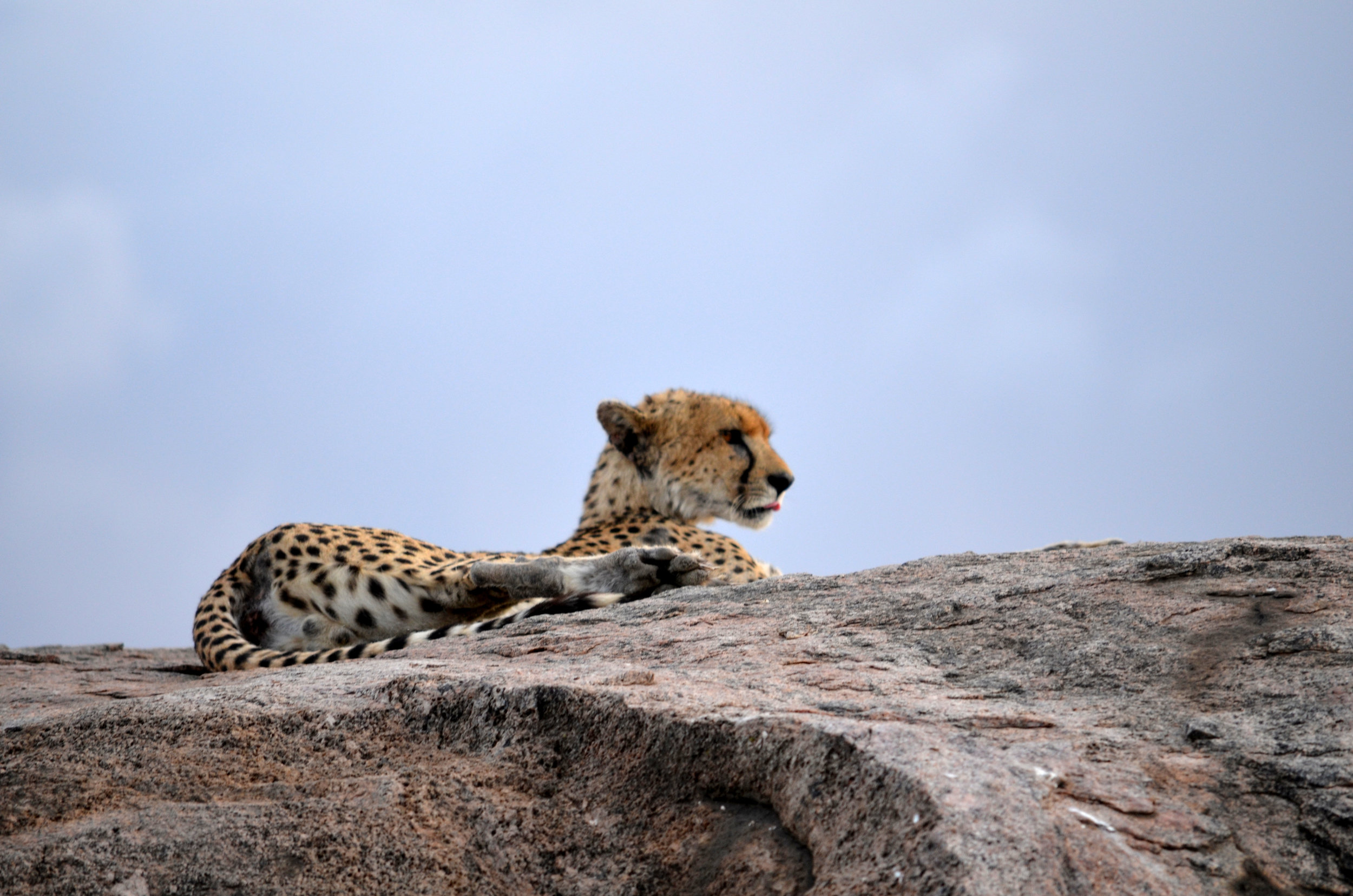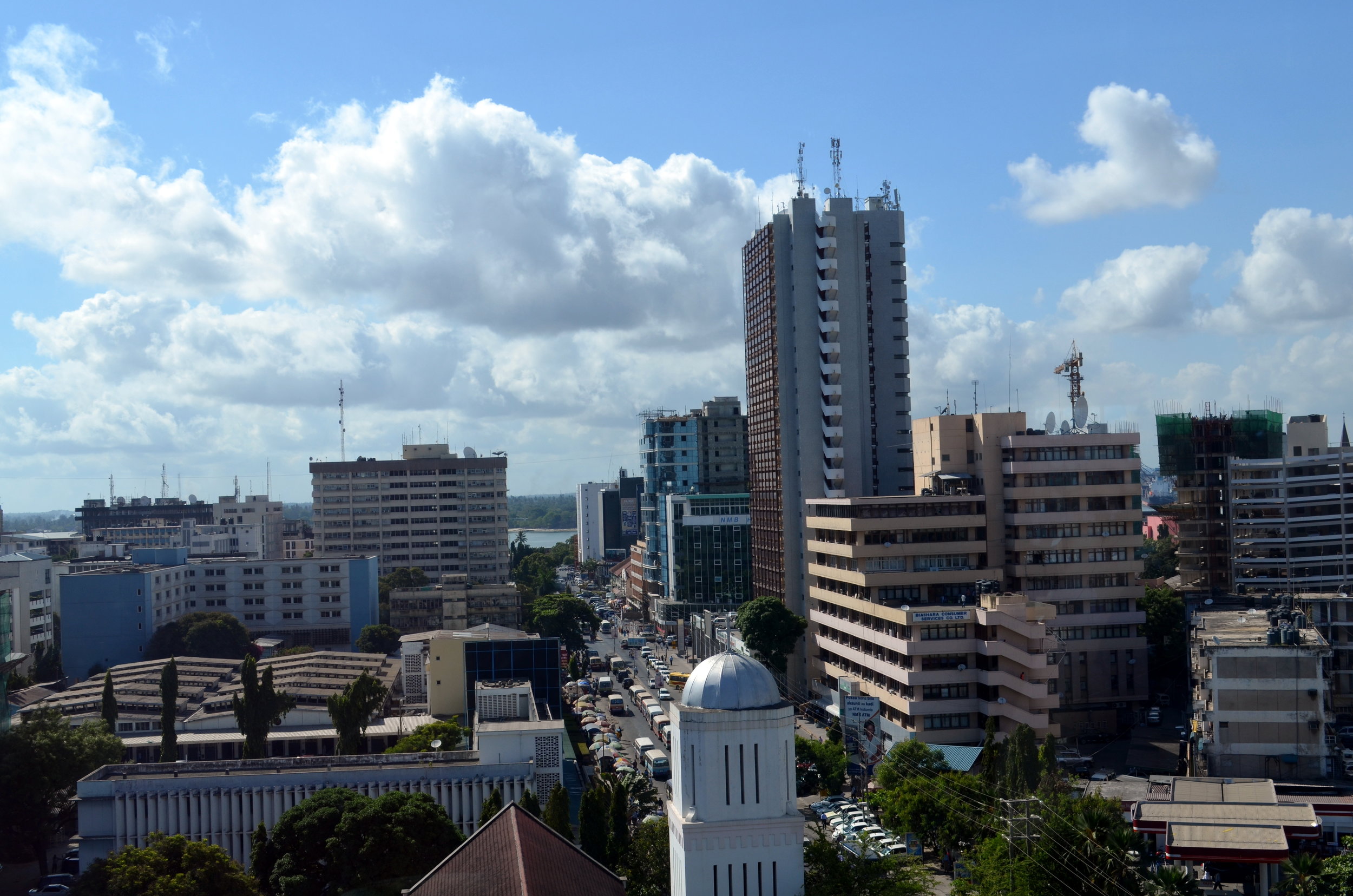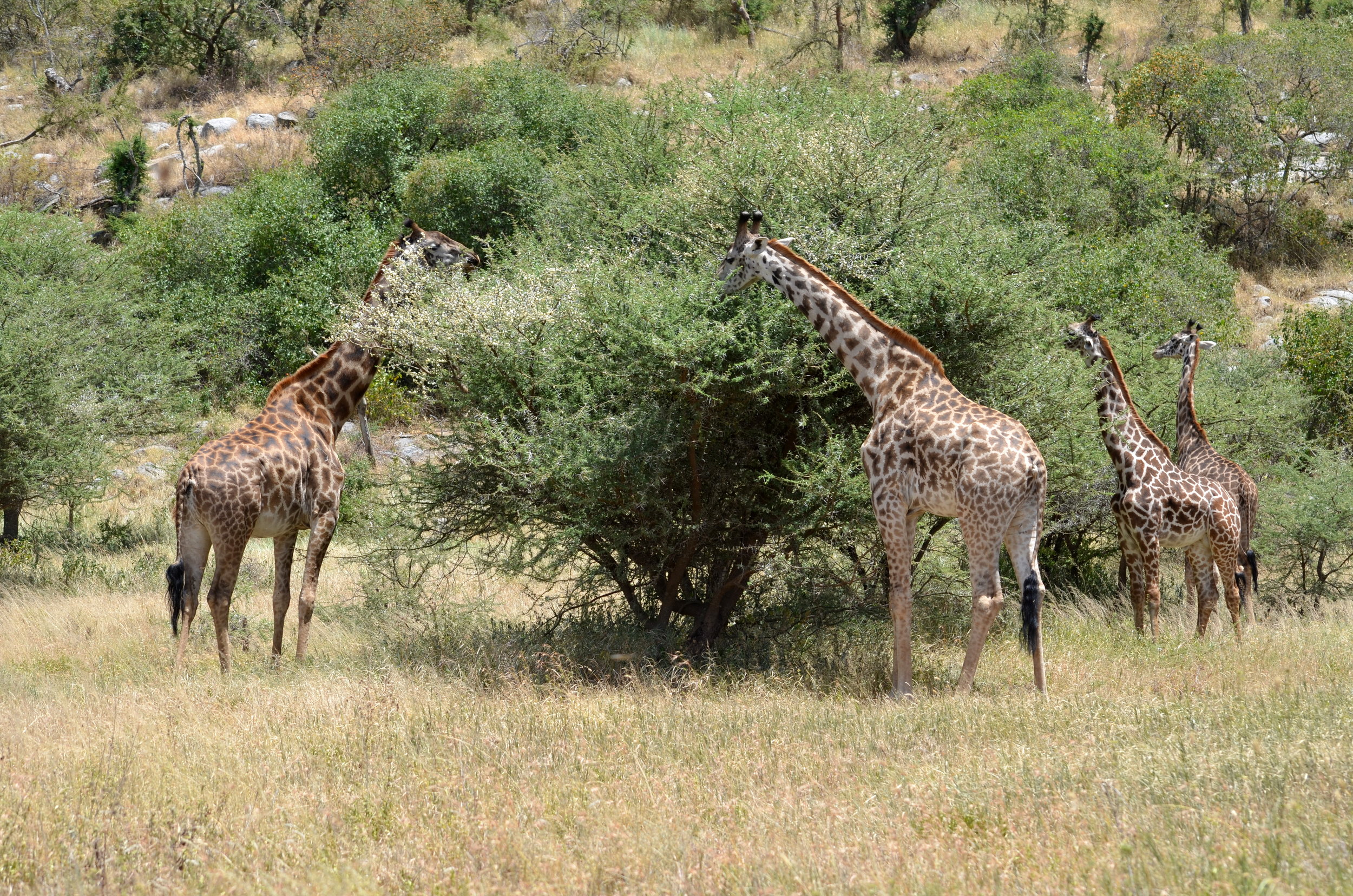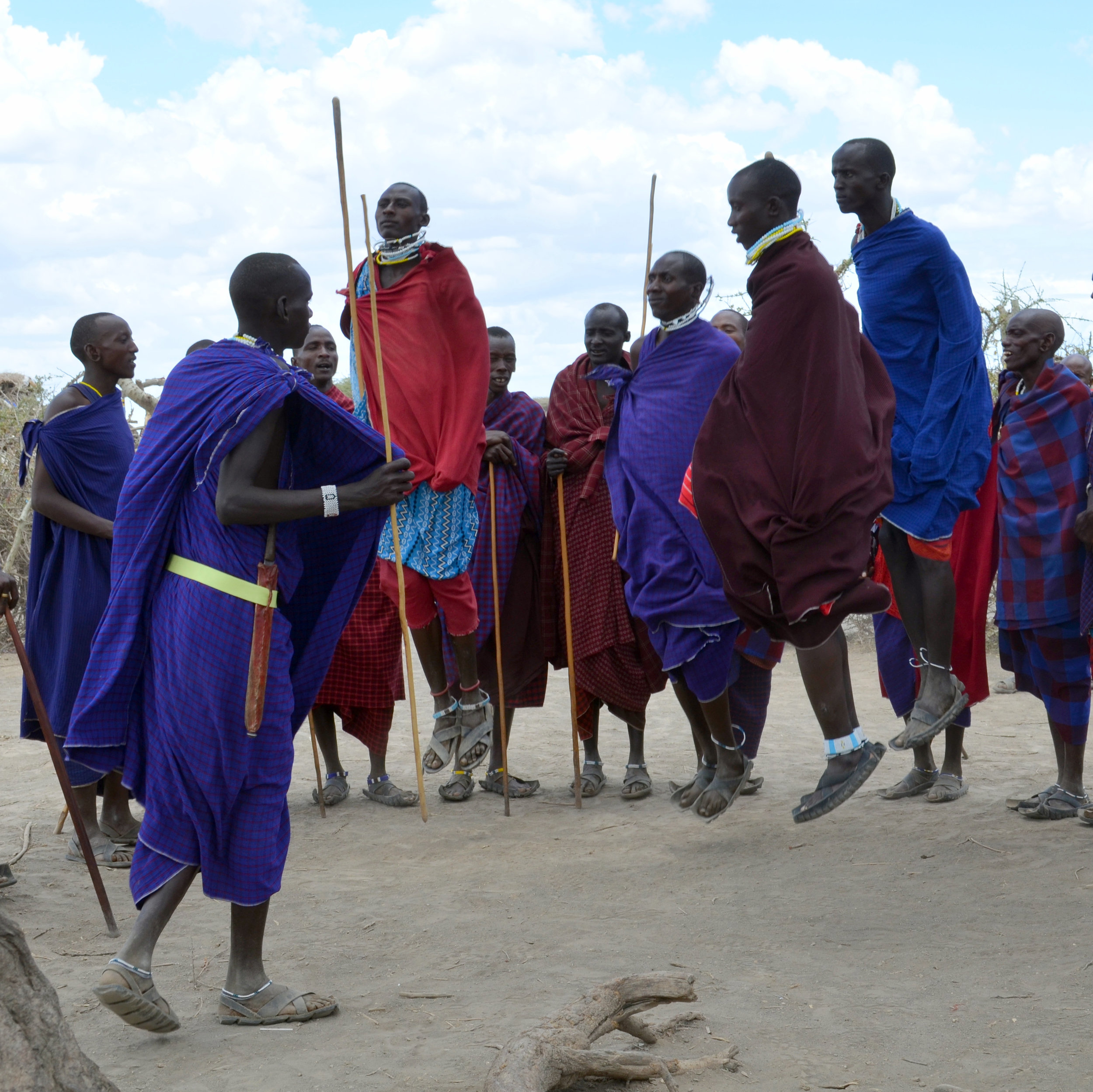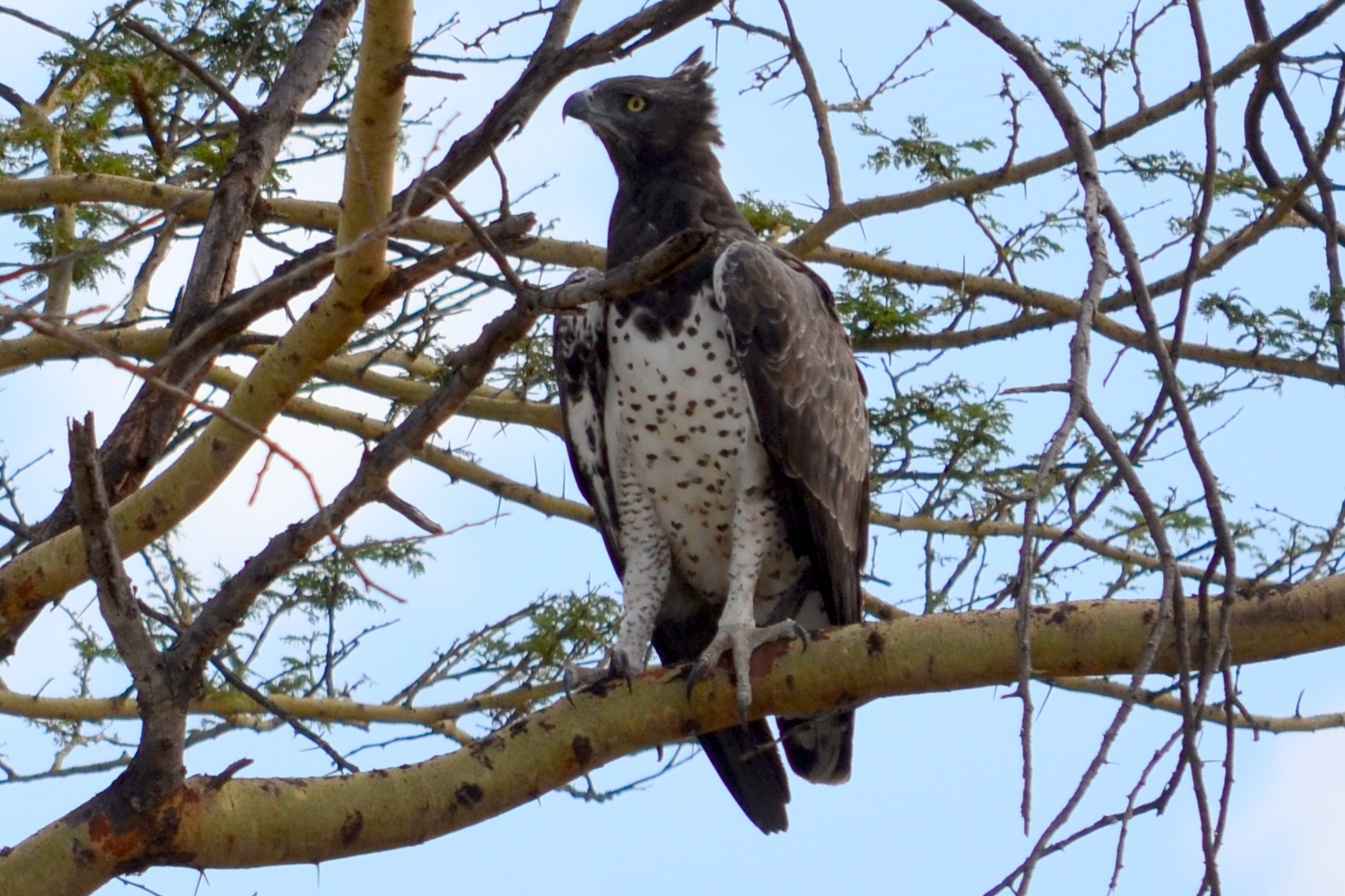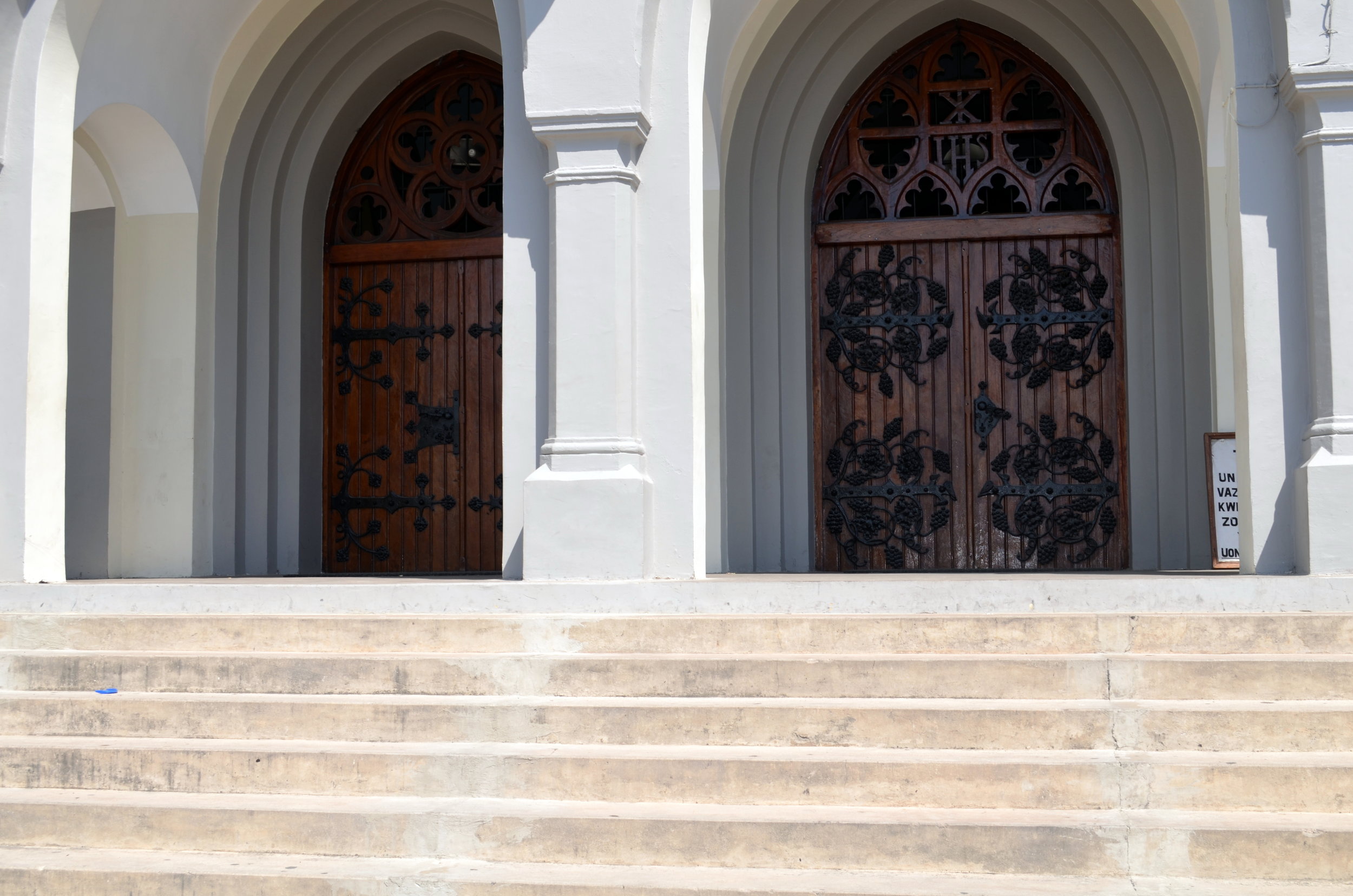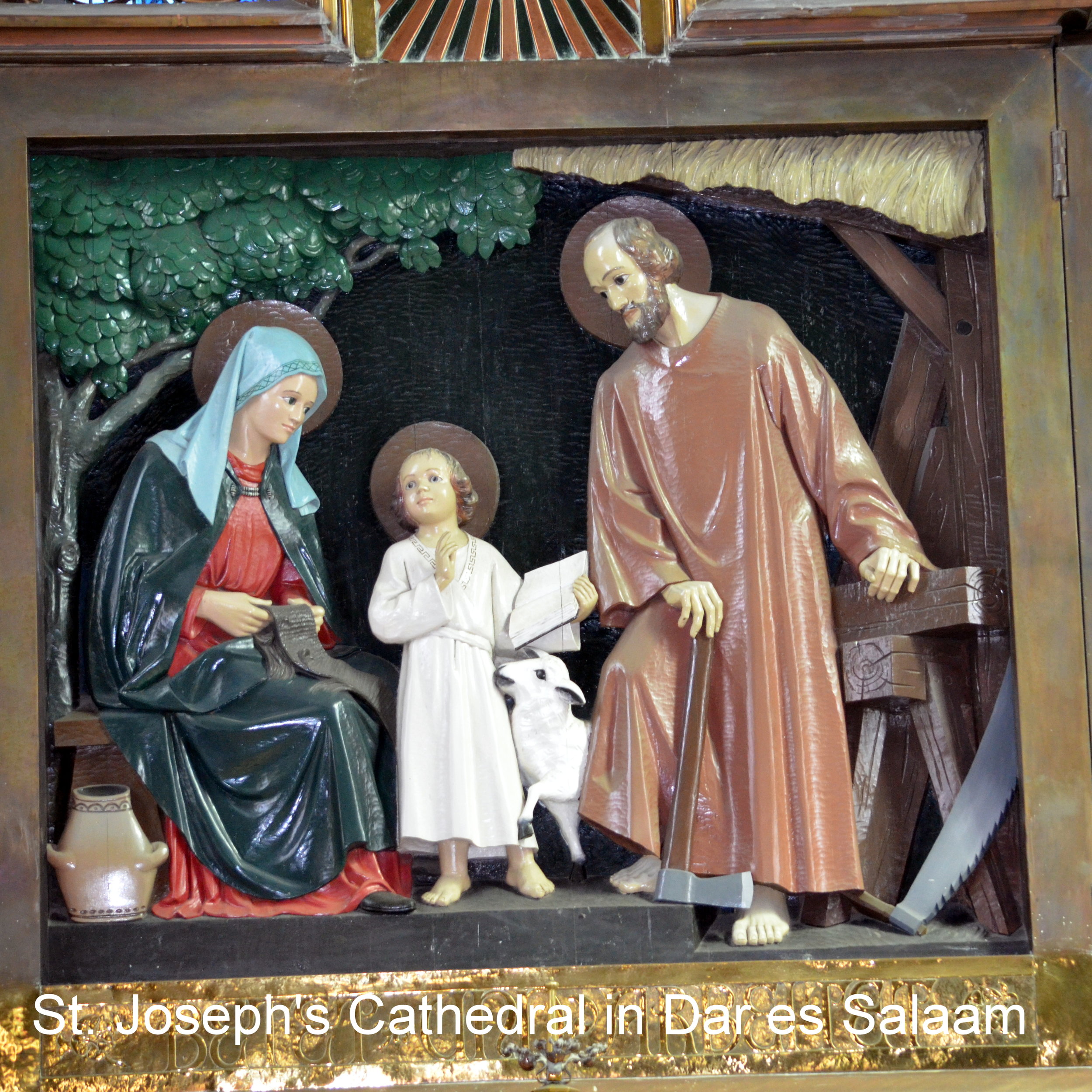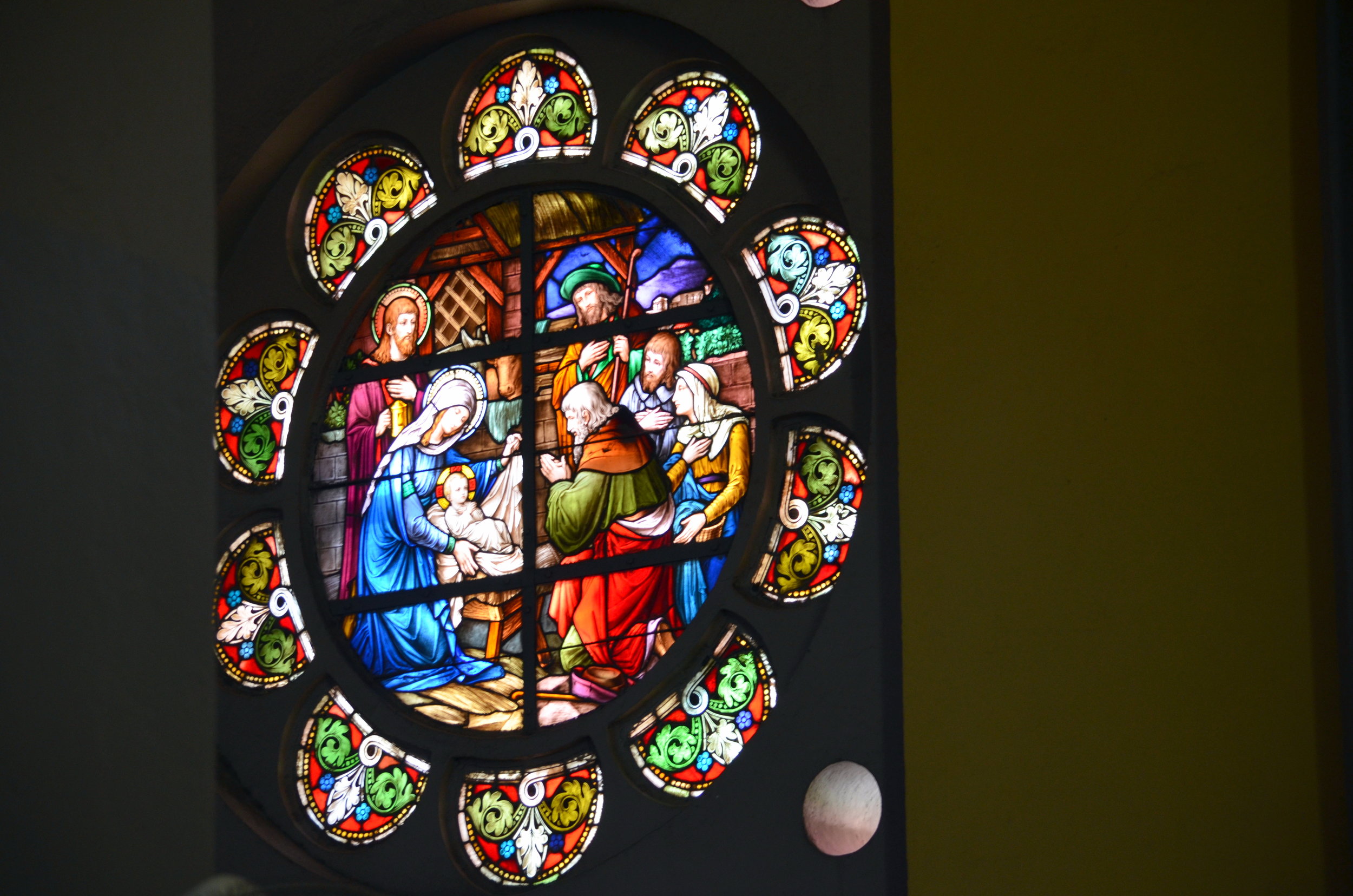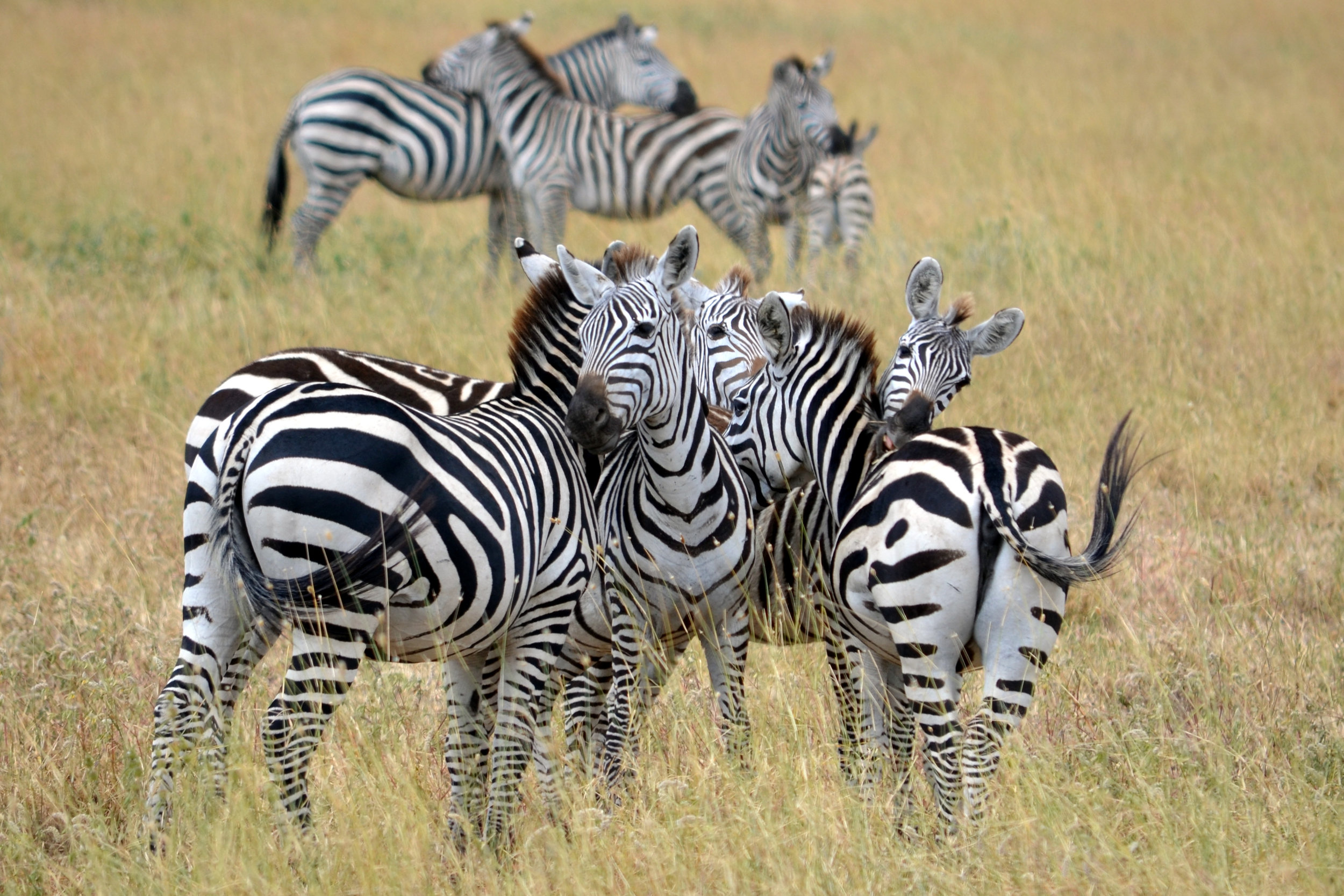ONCE TO EVERY MAN - AUTHOR'S INSIGHTS
AT A GLANCE…
This novel has been with me since the 1960s. I was shocked and yet drawn to the Mau Mau Rebellion that occurred during those years in Kenya. When the violence spilled over into Tanganyika, I wondered what would happen to the innocents caught up in the madness – missionaries, reporters, native blacks who were educated and employed. How would they find peace, could they stay friends if they were thrown together by circumstances? Much history has passed since then, but the challenges of a diverse and violent world still remain. So in 2012, I gathered up the type-written pages marked with white-out and yellowed with age and tried to give my characters a credible and redemptive story. Then I went to Africa, to Tanzania, where I immersed myself in the beauty of the people, the wild animals, and the landscape, looking, always looking for the things I had written, and I discovered places – a Catholic Cathedral, a community hospital, green forests with red dirt roads plowing through them – that I thought I had created fifty-two years before. I discovered what it felt like to put my arms around a black safari guide, to feel his care when he gave me his jacket on an especially cold morning going down into the Ngorongoro Crater, to feel his love when he always reached for me before anyone else at the end of each day. I think others on the safari thought of him as an excellent guide; I thought of him as part of my heart. I began to understand my characters after experiencing my very human need to hold on to someone who was different from me, to hold on as an equal, to hold on with pure love. This is way too long, but I had to tell someone, and you who are reading this, are the first ones to see it. So if you find me in this novel, you won’t exactly be mistaken.
AUTHOR’S INSIGHTS
Sometime in the early 1960s I saw a news article about a racially motivated injustice in Dar es Salaam, Tanganyika (now Tanzania). I’ve forgotten the details of the crime and punishment, but I remember how startled I was by the irony of the name of the city on the shore of the Indian Ocean – Dar es Salaam. Its translation is haven of peace, or port of peace, for those on the high seas east of the coast of Africa. I had always written poetry, but the metaphor of that name seemed to require a bigger framework. I began to imagine what kind of peace might be needed by travelers, neighbors, natives, friends and possibly enemies in that exotic and unknown to me place in East Africa. I had no plans of my own to walk in those streets or learn to speak any of the natives’ languages, only to write an imaginary story based on that metaphor.
What unfolded was a surprise to me and an unfamiliar urge to put the story on paper. The characters wrote their own story after I created them. I gave them the conflict, the potentially estranging occurrences in the time and place, their definition: a young, white, female Christian missionary; an atheist-leaning, British, male photojournalist; and a native, black, “Christianized” man who is drawn to the other two as well as to his pagan roots in a time of burgeoning tribal conflicts with the British-controlled government.
I was not very interested in the historical aspects, provocative as they were, but in the idea of the meaning and the consequences of the passionate friendship that develops among the three, the possibilities of love, generosity, sacrifice, betrayal, and forgiveness that might define their lives. These three – Reena Pavane, Jim Stone, and Dakimu Reiman – gave me all those situations and views into their troubled world, and I scribbled everything down as fast as I could, crying for them at the first ending which concluded Part One of that old novel. But I put the hand-written, partially typed-with-carbon-paper copy of the manuscript on a shelf and went on with my life – teaching, raising and showing horses, riding in endurance races, running, trying to find a church that fit my evolving feelings on that matter, singing in community choirs, writing and publishing more poetry, gardening, and reading. Life was full and satisfying.
In 2011, I happened across the yellowed pages of that novel and fell in love again with Reena, Jim, and Dak and let my husband read it for the first time. He said, “You have to publish this!” I could say the rest is history, but that would be the easy way out. Things got very complicated. I didn’t like my ending; I didn’t know how to collate what I wrote with the Chicago Manual of Style (one of the writers’ bibles); I needed to develop my characters more; I needed a mystery, a motivation for the friends to reconcile after years of separation. One night a young, black man spoke to me in my dreams. He said, “For as long as I can remember, my father has been wanted for murder.” It was the perfect lead-in to Part Two! The young man did not exist in Part One, except in his mother’s womb, but I didn’t know he’d been there until he spoke to me fifty years later!
He (Kiiku) is the son of Dakimu Reiman who is now on trial for killing two white men – one the son of the British major, John Sommers, who Dak worked for in the 60s while blacks were trying to get whites out of their country. Dak has been reunited with his old friends Reena and Jim in 1985 and now has a black girlfriend, Reena Pavane, who had been named after the white missionary Reena. The women have met and formed an uneasy alliance because they both love Dak, but the white Reena has history with the black man. Well, read Part One for details!
I won’t tell you how it ends, except that it ends in Dar es Salaam with a hard-won “peace” for all. I was almost happy with it.
Then, I went to Africa! In February, 2012, I shelved the manuscript again and boarded a plane in Seattle, changed carriers in Amsterdam, and landed at the Kilimanjaro International Airport with a totally open heart and mind. I had never wanted to travel outside the U.S., but I was driven to follow in the footsteps of those characters in the place where they met, loved, lost, and were reunited. I was not disappointed. The spectacular landscape, the warm people, the thousands of animals and birds, the dawns on the Serengeti, the rain storms in the Ngorongoro Crater, Maasai villagers dancing around us, and our native guides hugging us with complete abandon served to change my life.
After two weeks on safari, my sister and I left the Sierra Club party and flew to Dar es Salaam – the absolute dream of my life, the port of peace on the Indian Ocean. It was a busy, colorful town where people had to run to clamber on the buses; buildings towered half-finished above the pot-holed streets; soldiers directed traffic at all hours, and market stalls lined the sidewalks filled with fresh vegetables, pottery, paintings, leather products, and intricate silk and linen weavings. In the post office and the restaurants we were the only white people, but we felt safe and welcomed. I felt as if I had come home.
In Part Two of Once to Every Man, which I had barely an outline for, the once-killer-now-remorseful Dakimu Reiman seeks a religious kind of absolution which his new friend and lover, the black Reena, tells him he will find in the Catholic Church – maybe in her own church, St. Joseph’s, with the help of her own priest, Father Amani, whose name means peace in Swahili. In my notes I described the church, the wooden doors, the stained-glass windows, and the steps leading up and into the cathedral. So that first morning in Dar, I asked our hired native driver to take us to a Catholic church. He said, “Oh yes, I know place,” and he drove us to a small, non-descript building with a plain, white cross. I said, “No, that’s not it.” I was looking for St. Joseph’s! Then the dear man drove to another church he knew, and I could barely believe what I saw. Are you sitting down? There was St. Joseph’s cathedral, right there in the heart of Dar es Salaam. Yes, its name was St. Joseph’s! The priests invited us in. There were the stained glass windows just as I had described them and the altar where Dakimu is offered his first communion. Here are the photos I took while feeling that Dak and Reena could walk in at any minute and slip into the picture!
Because of that experience, I have always had African priests in my novels, even the stories set in northeastern Nevada, which at the time I wrote those, my second and third novels, they were not going to be related to the African saga. Of course, my muse had different ideas! There is Father Amani and later, Father Azenwa – one from Tanzania and one from South Africa. To my utter delight, quite by accident recently, I met a woman from Vaughn, Montana, who was interested in my novels, and since she was Catholic, I mentioned the priests and the Catholic themes in my stories. She gave me a long look before she said, “In my town there are two native, black African priests at two different churches!” Can this be true? Right here in Montana where I finally pursued publishing my first African story and wrote five other novels with African priests as characters, there are two African priests about ninety miles from where we live?
My priests do not always follow the rules. Will these Montana priests give me a sacrament or a blessing? Will they understand how Amani and Azenwa hold the hearts of my characters in their hands and perhaps readers’ hearts as well? I believe even atheists can be blessed for real by a good priest. Will this shock or disturb them? Will they allow me to share their reactions to my stories with you? Stay tuned!
PHOTOGRAPHS TAKEN IN THE ACTUAL SETTINGS OF THIS NOVEL…
